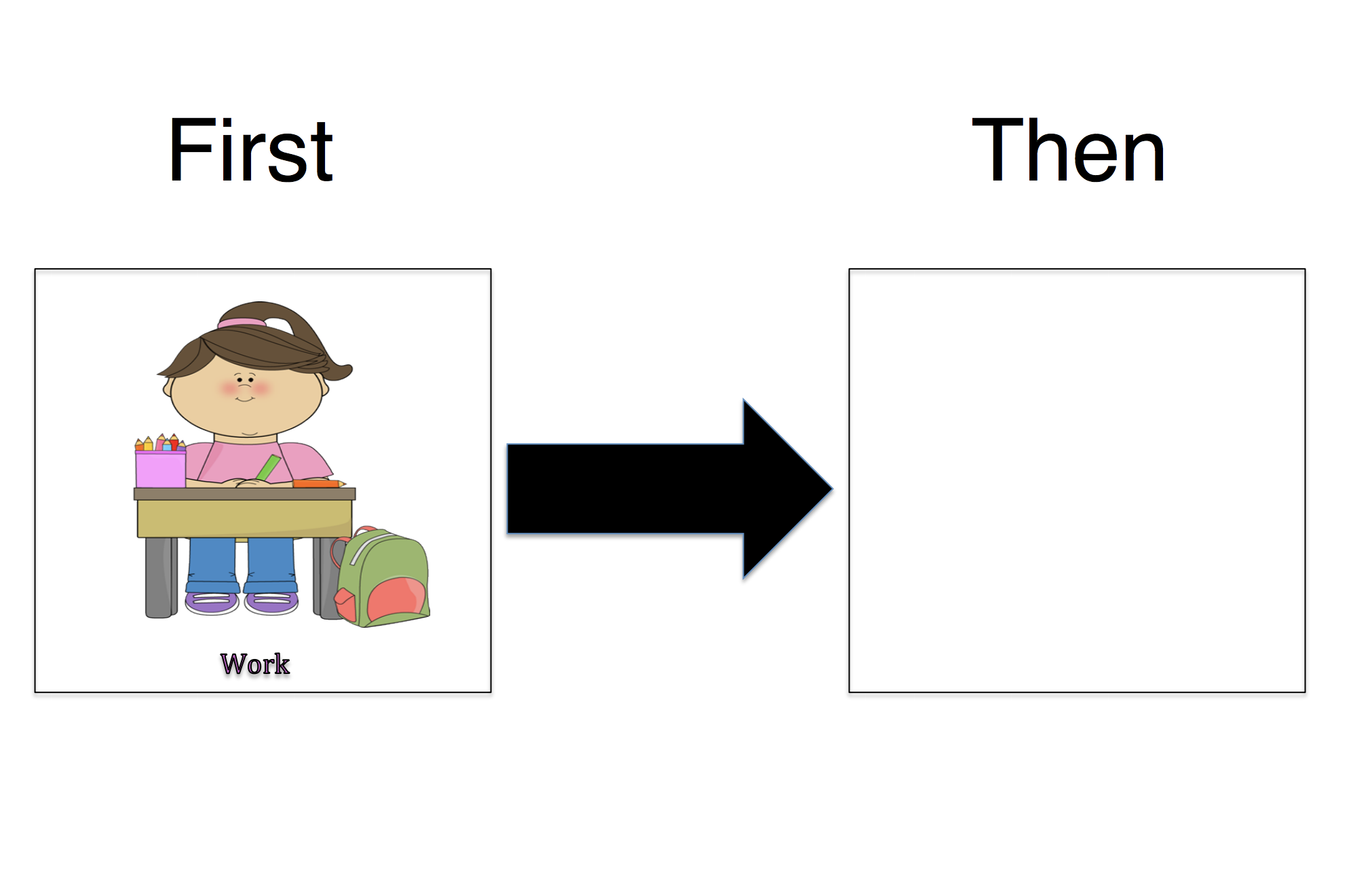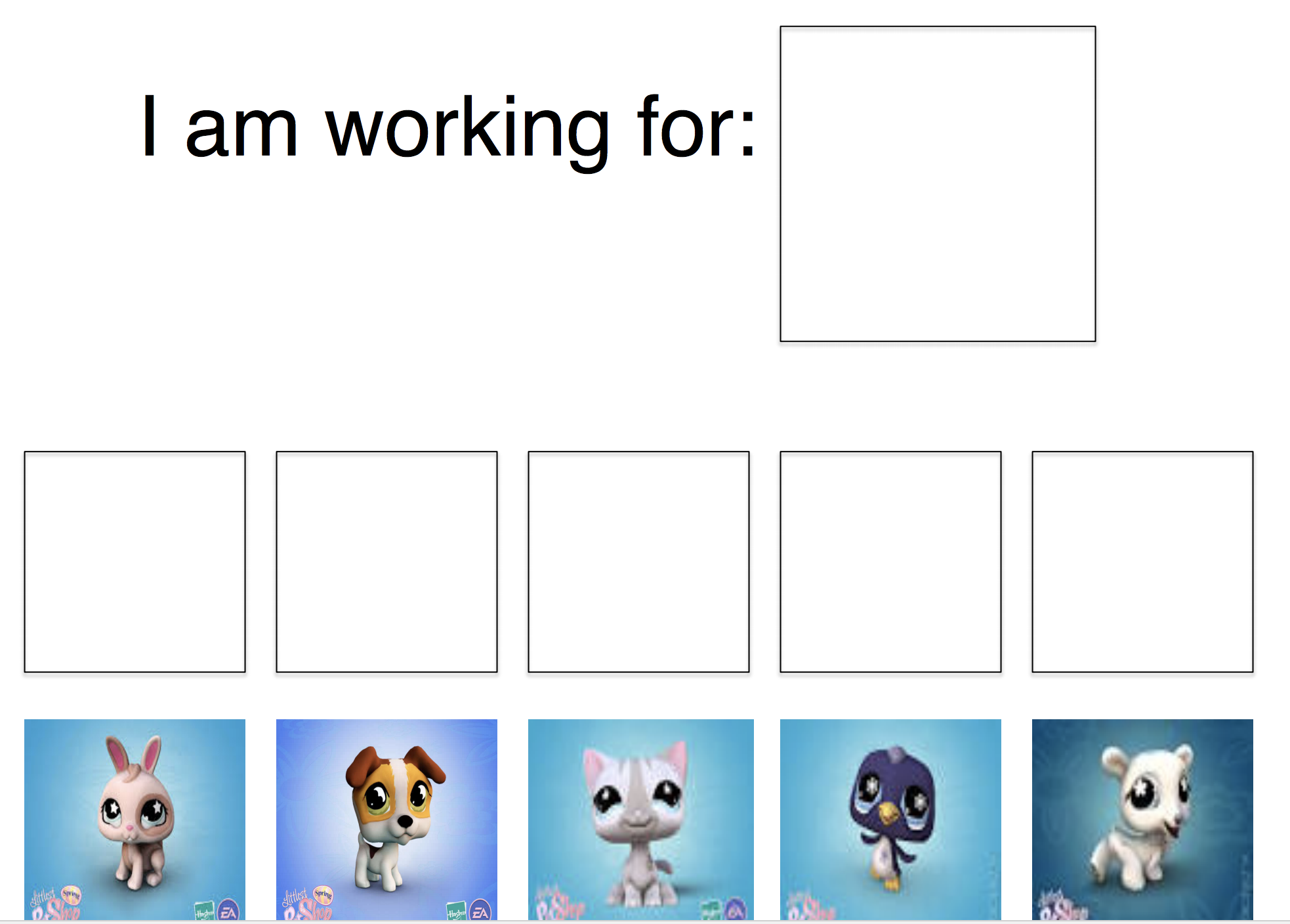
Managing Tough Behaviors: What You Didn't Learn in Grad School
April 26, 2016
For Part 2 of our discussion on ‘Behavior and the SLP’ we are so lucky to have Melissa Stombaugh, M.S. CCC-SLP sharing her wisdom with us:
I have been working as an SLP for almost 14 years, 11 of which have been in a public school setting. The last 9 have been in my current position at an elementary school, which when I first started, I never could have known how rewarding the next 9 years were going to be. I have been so blessed to work with the population of students that have been on my caseload! To see the impact that my work has made in their lives and their families’ lives has truly been amazing. This is my “formal” answer when people ask me what I do and if I like it. The parts that I leave out: (1) It is the HARDEST work I have ever done in my life; (2) My undergrad/grad program did not include any class on behavior management (how nobody thought that was an important thing for us to know is beyond my comprehension); (3) I never thought I would get so good at bribing children; and (4) I was disappointed to find that my students did not run to me with open arms, overjoyed to get the chance to work with yours truly. I had to learn very quickly that if I was going to be good at what I do, then I was not going to be the favorite adult in the room. Those who know me know that I have VERY high expectations for my students. I truly believe that the worst thing you can do for a child is have no expectations for them. If they have no expectations, then what do they have to work toward? The second worst thing you can do for a child is to not assume competence. If you always look at them as the poor disabled child, that is what they will always be!
####What the Behavior is Telling You
Let me tell you a little about the group of students that I spend 90% of my time with. I work in three different self-contained classrooms with students who have varied disabilities. My students have cognitive impairments that range from mild to severe, and some have Autism, Down Syndrome, or Cerebral Palsy. They all have impairments in what I call their functional communication skills. Many are nonverbal and require some form of alternative and augmentative communication (AAC), all have impaired articulation and language skills, and almost all have challenging behaviors that interfere with their ability to work well during structured activities (both in 1:1 as well as small group or whole-class activities). Through my work with this population of students, I started noticing how much of negative/problem behavior was tied to communication, or for these students, a lack of appropriate communication skills. These beautiful little souls find ways to get their needs/wants met. What would you do if you didn’t have the ability to ask for something to eat or drink? What if you wanted to watch your favorite show on TV but you didn’t have a way to tell anybody that or to get the show on for yourself? YOU WOULD FIND A WAY! That’s what these kids do. They find the way that will work the easiest for them. Typically that is going to be something like screaming, physical aggression, throwing things, dropping to the floor, or clearing materials off of the table. Think about all of the messages that are hiding in those behaviors. “Nobody is paying attention to me” (screaming), “I don’t want to have to wait” or “I want more of that” (physical aggression), “I tried to tell you I didn’t want that” (throwing something), “I don’t know what you are asking me to do” (dropping to the floor), “I can’t do what you are asking me to do” (clearing materials off of work area). There is ALWAYS a reason behind a behavior. It is not always easy to figure out what that reason is. But just remember, they are doing it because it has worked for them in the past. My work with these students and my professional collaboration with a BCBA (Board Certified Behavior Analyst) left me wanting to know more about behavior and changing negative behavior, so I pursued a graduate certificate in Positive Behavior Support through Northern Arizona University.
####Ignore It
What I am about to say will make some of your jaws drop. Just hear me out. You should learn how to ignore some of the behaviors your students engage in. Yes, I said IGNORE! I did not say ignore the student completely. I said ignore certain behaviors. I learned very quickly that many of my students are so desperate for attention that they will take ANY form of it that they can get, regardless if it is positive or negative. They don’t care if you have to stop whatever is going on and sternly talk to them about what they are doing that they shouldn’t be doing. They have your attention! They don’t care if they don’t follow your instruction and that you have to go over to help them follow it. They have your attention! My students are some of the best copycats you will ever see. Of course, they can’t imitate me when I’m trying to get them to say a sound or complete a motor imitation task, but they sure can imitate their friend who is doing exactly what you do not want them to be doing. Remember, attention is attention. They will take any form they can get! So instead of addressing the negative behavior, find that one little friend who is doing something you DO want to see and praise the heck out of him/her (this may be something as simple as sitting in a chair, standing in line, etc.). You will be amazed at how quickly student behavior changes when they see what is getting your attention. This is especially true if your students are food-motivated (aren’t we all?) and you use a little edible reinforcement. More to come on that later. The same goes for your general education student groups. I have been asked to do classroom observations of general education students and frequently see teachers addressing every negative thing a student is doing. “Johnny I said you need to be in your seat.” “Sarah you need to be quiet.” “Katie, why don’t you have your book out?” Imagine how amazing you could make students feel if your room sounded like this: “Brandon, great job sitting in your seat. Go clip up.” “Melissa you are doing a fantastic job working so quietly. Come get a behavior buck.” “Jacob, you have all of your stuff out and ready to go. You just earned a popcorn point.” Now I’m sure some of you might be thinking, why should I praise them for doing something they should already be doing right? Well, I will tell you that this kind of positive behavior support definitely requires a mind shift on our part. That is not always the easiest thing for adults to do. But trust me when I tell you, it is worth it!
####Choices
Imagine if you were told what you were going to wear every day, what you were going to have for all of your meals and snacks, what you were going to be doing every minute of your day and what you were going to be allowed to watch on TV that night. Now imagine that you had no way to tell the decision maker that you really don’t like wearing that shirt because it is too tight on your neck, or you really don’t like Goldfish crackers or peanut butter and jelly sandwiches, or that you don’t understand what the teacher is saying to you, or that you don’t like watching Baby Einstein because, well it’s for babies! I don’t know about you but I would be pretty miserable and not very fun to be around. Personally, I don’t think we give these kids enough control over their days. They need to have choices. Now wait, before you stop reading this because you think I am completely crazy. The MOST IMPORTANT thing for you to remember is this: YOU ONLY GIVE TWO CHOICES THAT YOU ARE OK WITH!!! You aren’t giving them a choice to do their work or not do their work. The choice you give them is: “Do you want to use a pencil or a crayon?” You aren’t giving them the choice to move their chair over to circle time. The choice you give them is: “Do you want to sit by Sally or do you want to sit by Jason?” You aren’t giving them the choice to finish their work. The choice you give them is: “Do you want to finish your work now and eat snack or do you want to do your work while everybody else is eating snack?” Again, I only present choices that I am okay with. Sometimes the choice they get is to do the task by himself or herself or to have me help them do the task!
####Bring in the Reinforcements
When I am working with my students, I use multiple tools to help increase their compliance with whatever task I present to them. I frequently use a  with picture symbols of a work picture in the “First” square, and a reinforcement picture in the “Then” square. Sometimes I use a
with picture symbols of a work picture in the “First” square, and a reinforcement picture in the “Then” square. Sometimes I use a  with picture symbols of different reinforcers I know the student likes and I let him/her pick what they are working for. Before you say, “I have students who NOTHING is reinforcing for them.” I am going to tell you that there is ALWAYS something reinforcing they will work for. That is not to say that the reinforcing item/activity doesn’t change frequently, but there is always something. Some of my students work for the reinforcement of having to do nothing. Just having a few minutes to sit and chill. It is not always easy to find the reinforcement but it’s there! This brings me to one of the most powerful reinforcers I have found: EDIBLES!!! This is not meant to be another snack time for the student. I have been known to cut gummies in half and break chips into pieces. You just need enough to make them work (M&Ms work great). Obviously check with the teacher to make sure there are no allergies you need to be aware of.
with picture symbols of different reinforcers I know the student likes and I let him/her pick what they are working for. Before you say, “I have students who NOTHING is reinforcing for them.” I am going to tell you that there is ALWAYS something reinforcing they will work for. That is not to say that the reinforcing item/activity doesn’t change frequently, but there is always something. Some of my students work for the reinforcement of having to do nothing. Just having a few minutes to sit and chill. It is not always easy to find the reinforcement but it’s there! This brings me to one of the most powerful reinforcers I have found: EDIBLES!!! This is not meant to be another snack time for the student. I have been known to cut gummies in half and break chips into pieces. You just need enough to make them work (M&Ms work great). Obviously check with the teacher to make sure there are no allergies you need to be aware of.
####Strategies for General Education Groups
The above strategies can work with various types of students. Here are a few things you could try with your general-education groups: (1) Tie in to the student’s classroom behavior plan (especially if the teacher has an individual one for that student). (2) Use some type of token board where you control how quickly/slowly they earn their stars/checks based on what you need them to do for you. You should not take the stars/checks away once they earn them. (3) Use some type of group points vs. therapist points, again where you can give them points for anything you want (good for that little friend that is doing good to stay in his chair and that may be the only thing you can compliment him on) then give yourself points when one of them does something not so great.
I hope each and every one of you can take something away from this that will help you be more successful when working through those challenging behaviors. Think about this: You wouldn’t show up to work everyday if you didn’t get a paycheck every two weeks. These little friends need to know they are getting something for their hard work too!
IMG_2737-2.JPG Melissa is originally from Indiana. She has been living in the Valley of the Sun since 2002. Melissa has her Master of Science in Speech Language Pathology from Ball State University. She is married and she and her husband have two fur babies that keep them on their toes! She can be reached at: bsuslp@gmail.com



